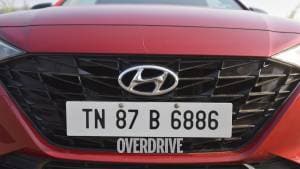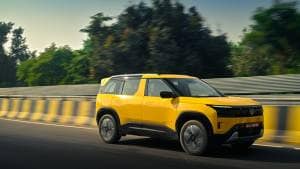Tips on restarting an unused car after the Corona Closedown
It's very likely that during this "Corona Lockdown" many of you have not been able to step out of your homes to start your car. So there is a possibility that after just sitting idle, they may not start straight away due to a drained battery and in some cases, it may not be advisable to drive them because of the low tyre pressure, etc.
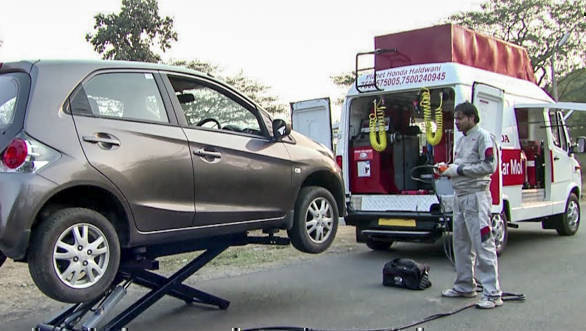
Carmakers should provide mobile home service to re-start vehicles after the lockdown
Given this auto manufacturers must begin to gear up to provide home car care service to their customers and carry out some basic maintenance to restart vehicles. Here are all the Do's and Don'ts.
First the Don'ts
A) Don't completely drain the battery- In case your car does not start at the first or second attempt, don't keep cranking the engine, because it can completely drain the battery. Sometimes when a battery is low on charge it may not have enough energy to start your vehicle, but the lights and horn may still work.
When such a battery is connected with cables to another donor vehicle's battery and jump-started, then it gets the spark to start the stranded car. But if a battery is fully drained then it's possible that even the jump start will not work and the battery will have to be removed and taken to the workshop and put on an external charger for 24 hours. So it's best not to fruitlessly keep cranking the engine.
B) Don't drive with underinflated tyres- In case a visual inspection shows that the air pressure in more than one tyre is low; don't drive with underinflated tyres. Driving with underinflated tyres on paved roads can cause cracks and cuts and damage them permanently.
And tyre replacement can be expensive and in these times of the "Corona Crisis", you may also struggle to find a tyre shop that has the correct replacement. In case just one tyre is low on air, then you could fit the spare wheel and drive to a fuel station and get all tyres properly inflated.
C) Don't race or rev a cold engine - Let's say your car starts at the first or second attempt, please do not immediately rev (or race as several drivers refer to it) the engine vigorously. Several people are habituated to doing this, but it's not at all advisable as it can seriously damage the engine, and repairs won't be cheap.
When a vehicle is parked for a while all the oil drains down and collects in the oil pan or sump. So when you restart your car, it's best to simply let it idle at the lowest engine revs or speed to allow the oil to spread all over. As the engine warms the lubrication improves and the risk of damage due to friction and through parts rubbing against each other is eliminated. So don't rev a cold engine. These are the 'Three Big Don'ts'.
Now to the Do's- For several of which you will need to call your dealer to provide home or roadside assistance service.
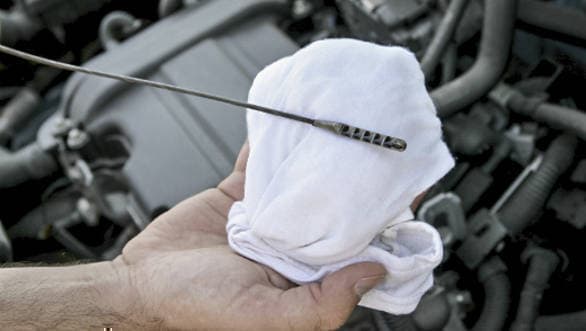
Engine oil level must be checked
1) Check Engine Oil- Before starting the car look beneath it for any oil spills or leaks. Then check the engine oil level and top up if necessary. And follow the starting procedure mentioned above. But not before the following checks have also been done.
2) Check brake and clutch fluids- While the engine oil level checking is something most motorists can do themselves, checking of these fluids should be left to the mechanic. This is only a precaution and in all likelihood they will not need to be refilled and can wait until your next service too.
3) Check the coolant level- This is again just a precaution or an aspect of good car care because it's unlikely that it will need topping up.

Fan and air-con belts must be checked too
4) Check the fan and a/c belts- Again with a car just sitting around rubber parts can get a little hard and crack. Though this is unlikely too, it's best that the technician checks the belts and their tension.
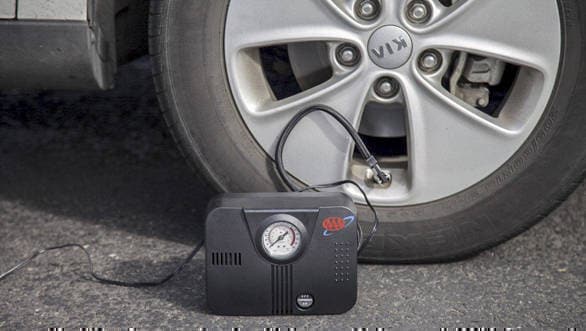
Tyres should be inflated with a portable air compressor
5) Inflate tyres to correct air pressure- The dealer's roadside service vehicle should have a portable air compressor, which can be used to inflate the tyres if needed.

WD 40 should be sprayed where necessary
6) Spray WD 40- In my opinion, the moisture displacing and anti-rust spray known as WD-40, is one of the best tools ever invented. So it's best to liberally spray it in the engine compartment and on all electrical connectors and anywhere else required.
It will remove moisture, help the flow of electric currents and also dislodge any grime or rust while also lubricating everything it's sprayed on. Believe me, this is a magic spray that is even used on missiles and is available at most automotive spare part shops.
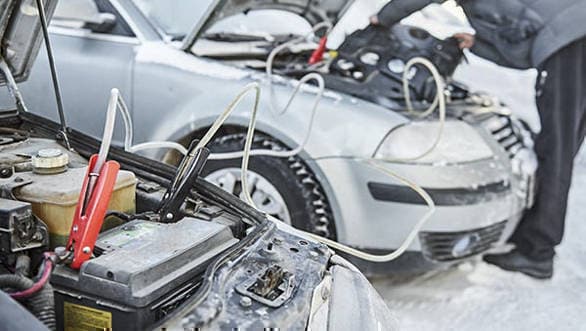
In case the battery has drained, the car should be jump-started
7) Battery Jump-Starting As mentioned earlier, a car battery does drain when it's disused. This is primarily because the engine is not run and the battery does not get its charge from the alternator. Another not so well known factor is that the battery also goes through some parasitic drain, with things like the security alarm system, car clock, music system memory, and memories of other such features, functioning even after you have locked the car.
Again as explained earlier don't drain the battery completely by needlessly cranking the engine. A partially or even substantially drained battery can be jump-started with cables connecting it to another vehicle's battery of similar voltage. Once the vehicle has been jump-started it should not be switched off again for 30 minutes at least.
That is the bare minimum that may be needed to recharge a battery. What might be best is to go for a drive as the battery charges faster and better when the vehicle is driven. The drive will also help evaporate all the moisture in the exhaust and in the engine compartment.
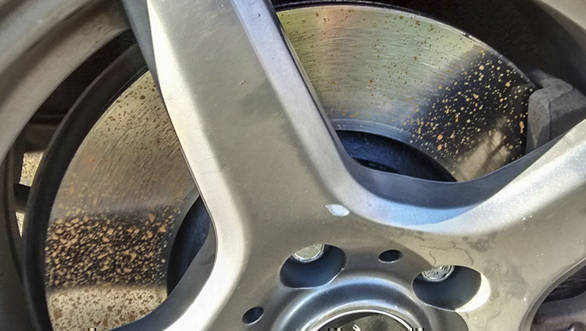
Most brake discs will have collected rust, so initially drive gently and use the brakes constantly, to scrub it off
8) Brake disc corrosion- It's very likely that there will be some rust or corrosion on the brake discs, especially if you stay near the sea. Therefore when you start driving a car that has just been sitting you are likely to get some squealing from the brakes and maybe even some grating and grinding sounds.
Don't despair, this is normal. What you need to do is drive slowly for the first few kilometres and keep using the brakes constantly, even when they don't need to be applied. But please make sure you look behind before braking, as you don't want someone to rear-end you. The constant application of brakes will generate heat and with the pads rubbing against the discs also help clean the corrosion and scrub it away.
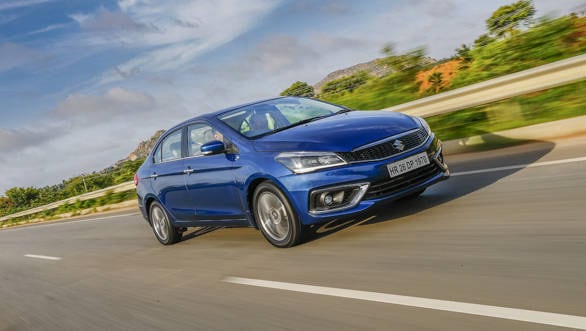
Wish you happy and safe motoring
9) Drive safe- Since people may have not driven or ridden for several weeks, some of them may be rusty too. So stay alert and drive with caution. And please don't give in to the temptation to unnecessarily speed out of the frustration, of having been confined to your homes for so long. Wish you a happy and safe drive.

